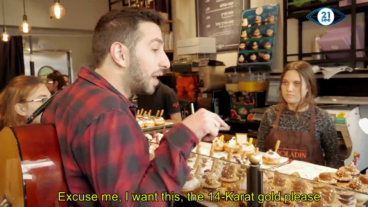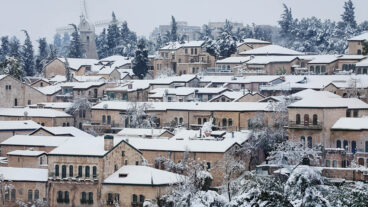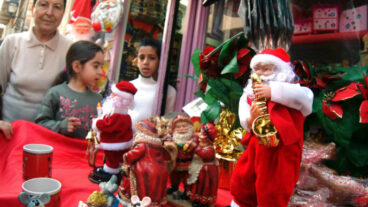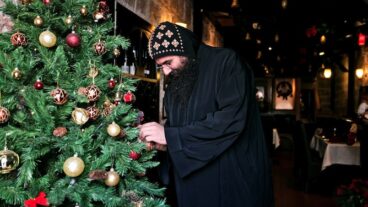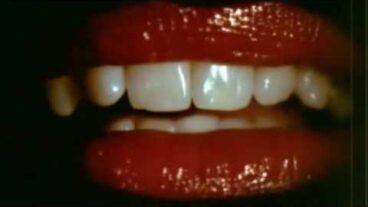As an early icebreaker just before we began to read from the Passover Haggadah Friday night, my wife Jody asked the assembled family and guests to name their most memorable Seder. For me, there was no question.
Exactly one year ago, our family was sitting in a luxurious ballroom at the Yak and Yeti Hotel in Kathmandu for what is billed as “the largest Seder in the world.” Organized by the local Chabad, this massive Seder hosts over 1,000 guests, nearly all of them Israeli, young, and pierced. My wife and I, young at heart but decidedly non-pierced, were clearly the odd folks out.
The ballroom was laid out with about 100 round ten-person tables. Perhaps wanting to seem less conspicuous, we sat next to another older Israeli couple: Claude and Ilan, who had hiked not only the eleven-day half Annapurna circuit that we did but the full three week loop that climbs as high as the 5,400 meter Thorong-la Pass.
What was remarkable about the pair was that Claude is completely blind. His partner literally led him through the route, up and down 5oo meter-at-a-time climbs on rough steps, past water buffalo and into the deep snow at the top of the world. They slept in the same hard beds we did and used the squatter toilets and bucket showers that are the norm in the Himalayas.
The two North Tel Avivi’s were quite enjoyable company; I wish I could say the same about the Chabad rabbi and his cadre of ten or so yeshiva bochers who had flown in from as far away as Israel and Thailand to lead the Seder.
It feels unfair to complain about Rabbi Lifshitz: putting on a Seder that size is an logistical nightmare – from taking payments over the Internet to securing a location where the gas generators are large enough that there’s sufficient electricity for the whole evening. They even put signs in Hebrew all over Kathmandu directing Seder-goers from the Chabad House in touristy Thamel to the Yak and Yeti, located on the road out of town.
The problem was that the way the Seder was run seemed (to me at least) like such a wasted opportunity. Rabbi Lifshitz essentially speed-read the Haggadah as if it was a “greatest hits” album; we finished the entire story and were washing for matzah in under 50 minutes, including “breaks” for the most popular songs such as Ma Nishtanah.
Why couldn’t the Chabadniks have engendered some discussion? “Who is the evil son today?” would have been a good question to ask. Or “What is the nature of freedom when we have our own state?” After all, they had 1,000 captive Israelis and, other than the crowd in the lobby smoking its way through the magid while waiting for the matzah-ball soup, we all know how Israelis like to argue. This was a chance to bring the Seder alive for these certainly secular Sabras who might otherwise have been camping out in the mountains on the holiday.
Instead, to keep the attendees’ attention, the rabbi kept things interesting by running a raffle right in the middle of the dinner. First prize was a bungee jump off a 160 meter high suspension bridge over the Bhoti Kosi River near the Nepalese-Tibetan border. And unbelievably, Jody held the winning ticket! We never win anything, but unfortunately, we weren’t able to take advantage of our unlikely luck, as we were leaving back for Israel the day after the holiday. So we let another intrepid Israeli enjoy the plunge.
Perhaps the prize should come with a few strings attached, so to speak: as the jumper is plummeting towards the water, he or she would be required to sing dayeinu. That just might be enough to redeem the Seder.








